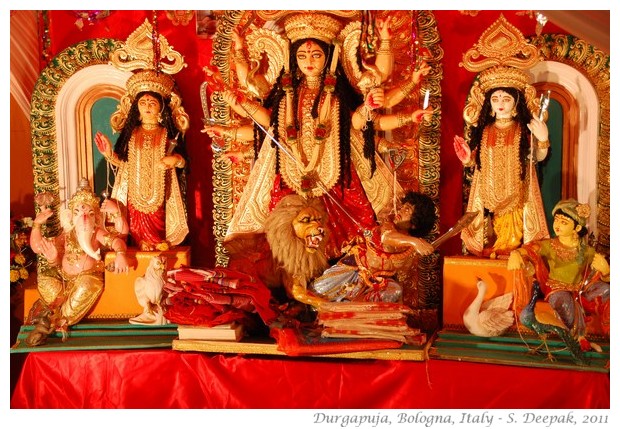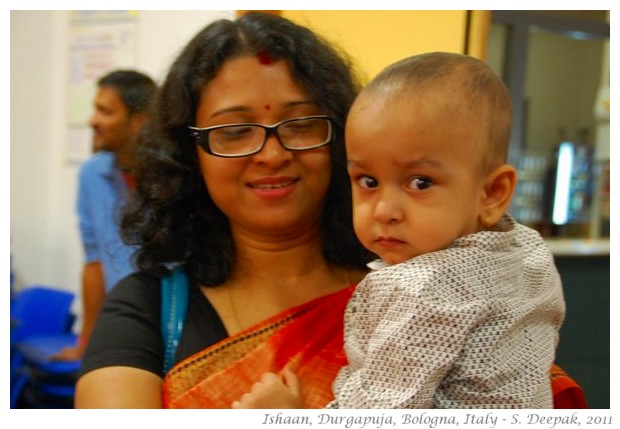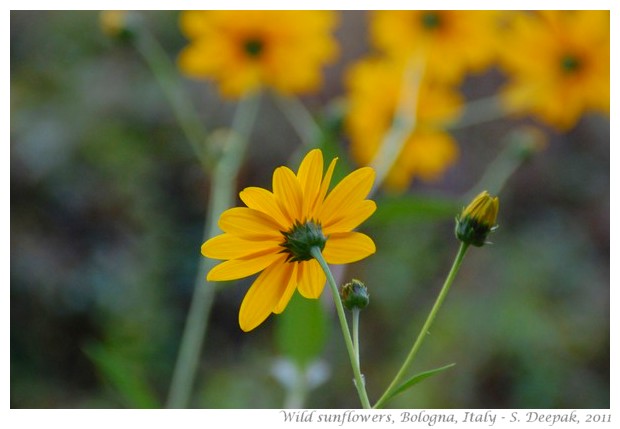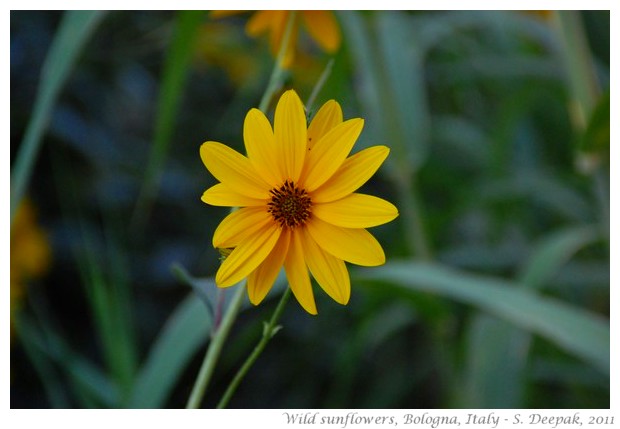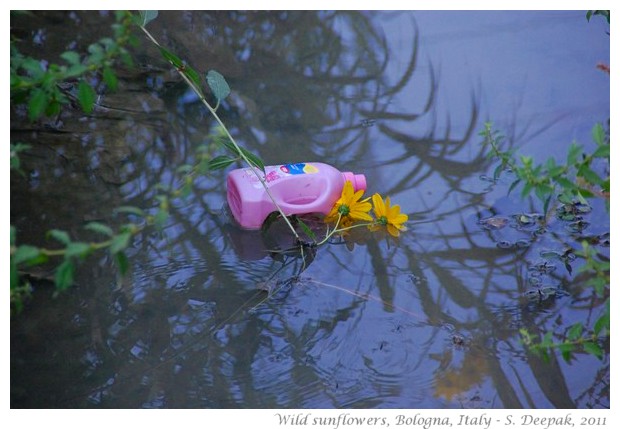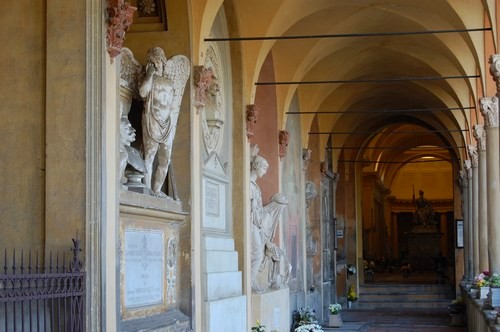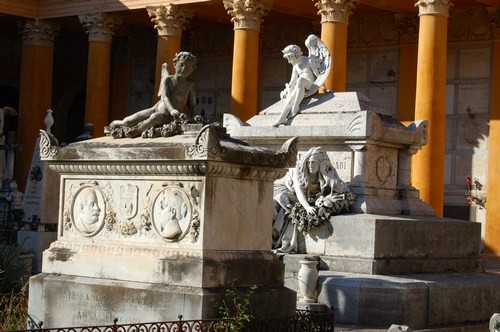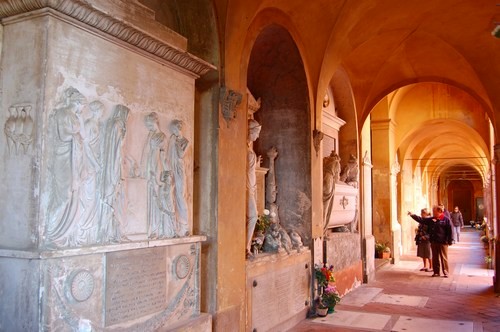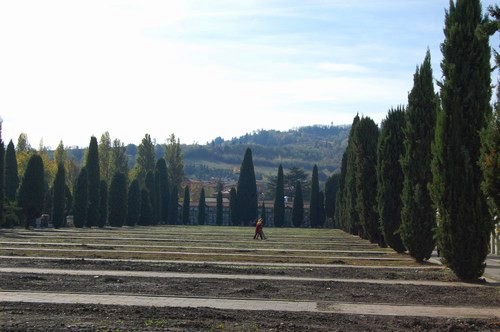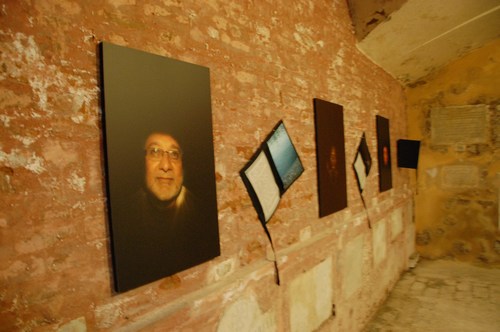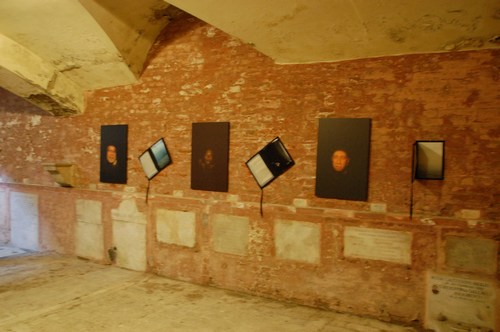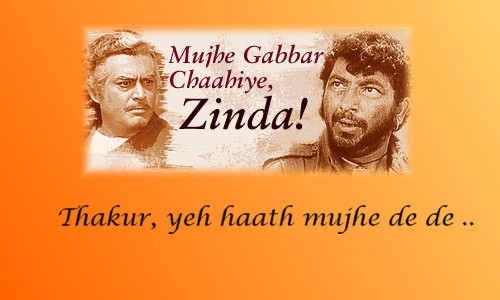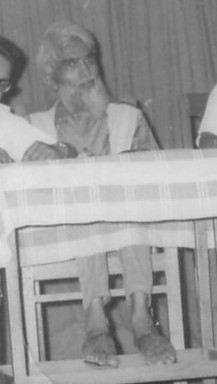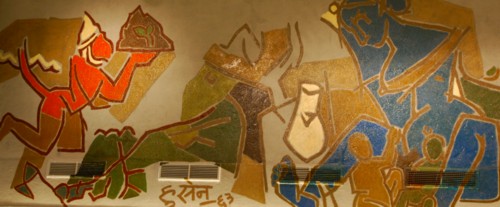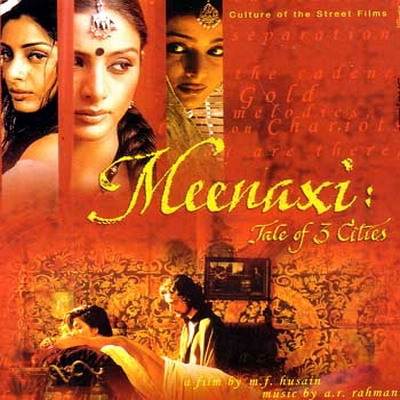Do you like chocolates? I love chocolates, though I try to control myself because once I start eating them, I find it very hard to stop!
Our city Bologna has an annual chocolate fair. It is not for those who produce chocolate at industrial levels but it is for small businesses and shops who are passionate about chocolate and make special varieties of chocolate.
Every year, for the chocolate fair, each chocolatier tries to come up with something novel. A couple of years ago, a chocolatier had created sensation by presenting chocolates in the shape of penis and adolescent boys and girls had loved getting themselves clicked doing all kind of things to those chocolates. In the end the lady owner of the shop was asked to remove those chocolates from her stall as they were considered unsuitable for children visiting the fair.
This year the chocolate fair started on Thursday and will be on till tomorrow. Today morning I went to the fair. Here are some of the strange chocolate creations from the fair for you.
I really liked the chocolates made like instruments used by mechannics and carpenters - nails, hammers, screw-drivers, scissors, etc. They looked so real.
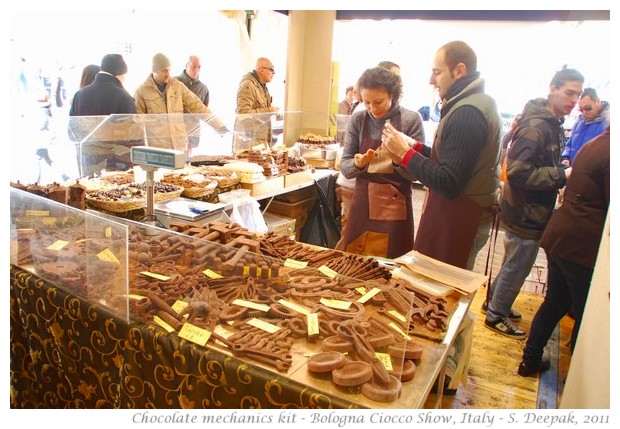
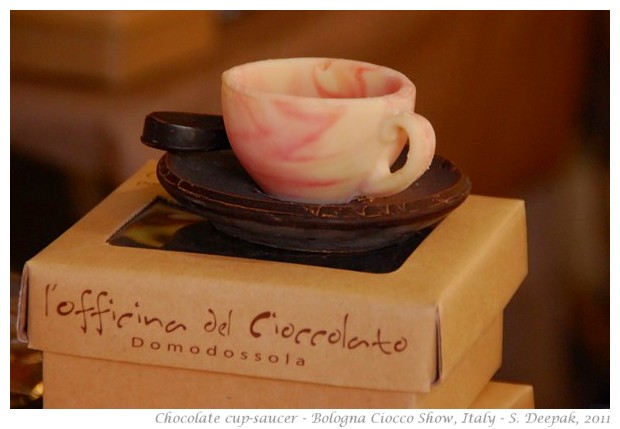
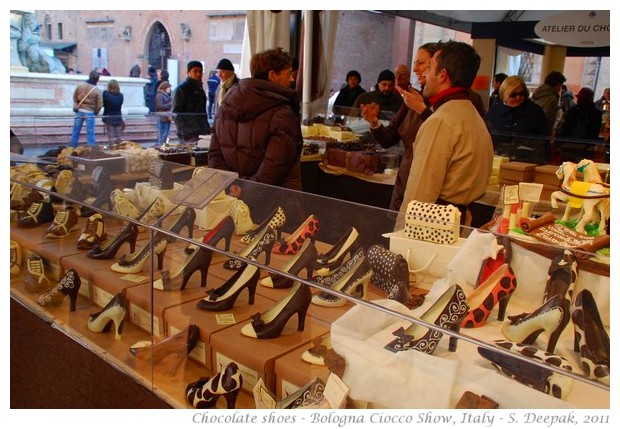
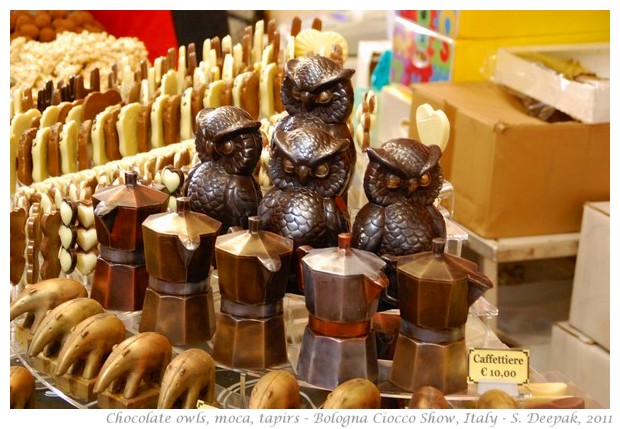
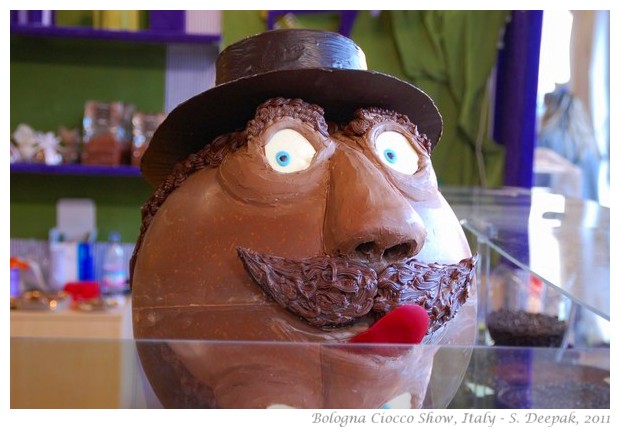
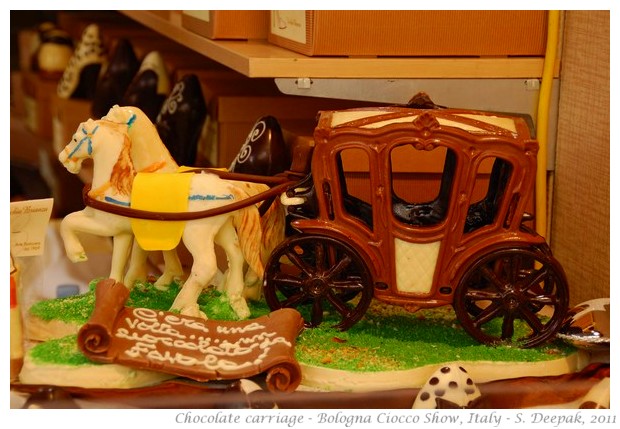
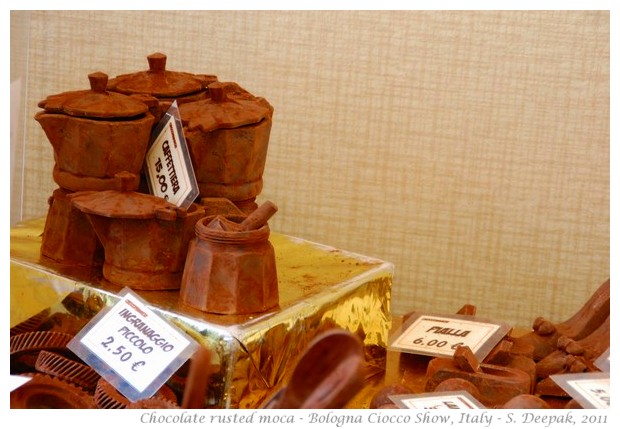
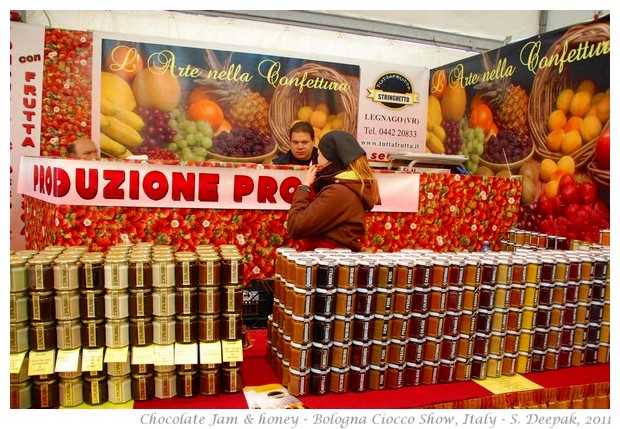
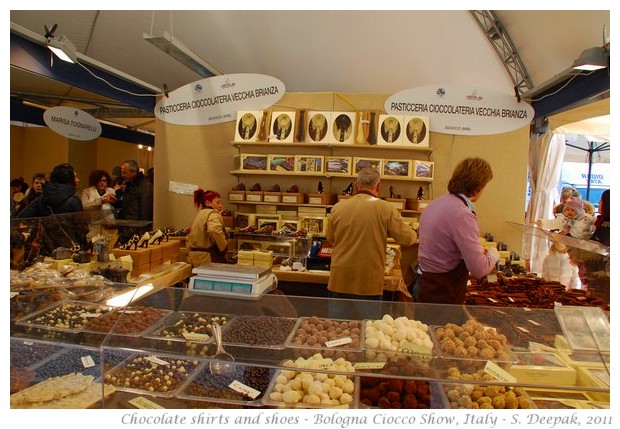
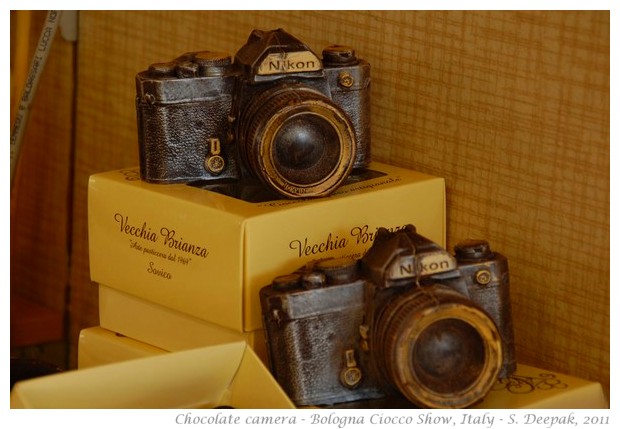
I didn't buy lot of chocolate, just a few things. I have bought some extra bitter chocolate, that I like very much. However, I tasted a lot of different varieties and by the time I reached home, I was feeling full and happy.
So which of these chocolates do you like most?
***
Our city Bologna has an annual chocolate fair. It is not for those who produce chocolate at industrial levels but it is for small businesses and shops who are passionate about chocolate and make special varieties of chocolate.
Every year, for the chocolate fair, each chocolatier tries to come up with something novel. A couple of years ago, a chocolatier had created sensation by presenting chocolates in the shape of penis and adolescent boys and girls had loved getting themselves clicked doing all kind of things to those chocolates. In the end the lady owner of the shop was asked to remove those chocolates from her stall as they were considered unsuitable for children visiting the fair.
This year the chocolate fair started on Thursday and will be on till tomorrow. Today morning I went to the fair. Here are some of the strange chocolate creations from the fair for you.
I really liked the chocolates made like instruments used by mechannics and carpenters - nails, hammers, screw-drivers, scissors, etc. They looked so real.

Making cups and saucers of chocolate is nothing new but still I liked the special care that had gone into making the cup with white chocolate.

Chocolate sandals, shoes and purses were nice. They gave a completely new meaning to the phrase "joota khaoge?"

Making animals and birds out of chocolate is also common. Still I liked the chocolate owls and tapirs of this stall. Also their chocolate moca (used in Italy for making filter coffee at home) was nice, it looked real with a metallic sheen.

I thought that this chocolate guy was cute with his nice big red tongue and blue eyes.

The chocolate buggy is accompanied by a chocolate parchment saying "Once upon a time there was ..", so you can guess for whom they have made it.

This was another chocolate moca, used for the Italian coffee making, that I liked because of its wonderful rusted, broken and old look.

There were persons selling all kind of fruit jams and honeys mixed with chocolate.

This shop had chocolate shirts, belts, shoes, etc. apart from the more "normal" varieties of chocolates mixed with nuts and fruits.

And finally, the chocolates that I liked most. The chocolate Nikon cameras were fantastic, they looked so real with leathery texture and the opaque glass kind of lenses.

I didn't buy lot of chocolate, just a few things. I have bought some extra bitter chocolate, that I like very much. However, I tasted a lot of different varieties and by the time I reached home, I was feeling full and happy.
So which of these chocolates do you like most?
***

